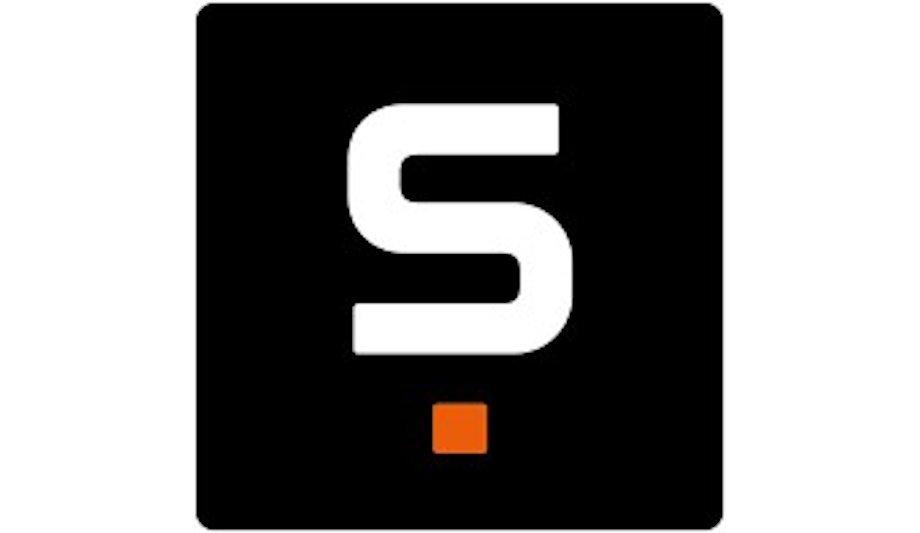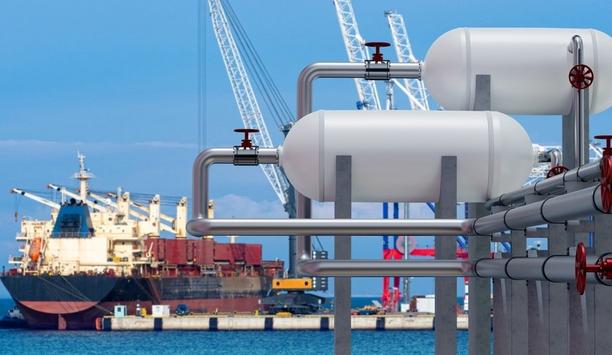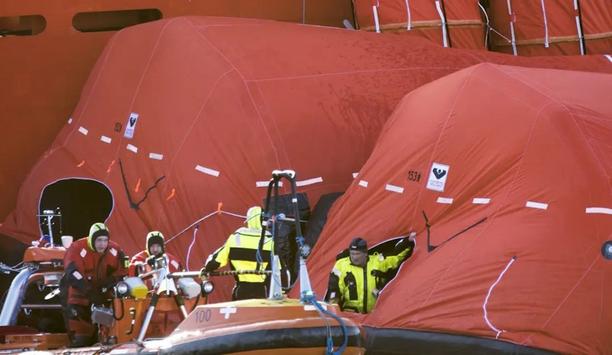Syroco, the Climate Tech startup that supports the energy transition of maritime transport, announced that Compagnie Maritime Nantaise - MN, a subsidiary of SOGESTRAN Group, has deployed the Syroco platform on the MN Pelican in order to reduce her fuel consumption and CO2 emissions. This deployment is part of a global approach which includes the optimisation of the routing and efficiency of the vessel but also better speed management and improvement of hull performance.
The MN Pelican, a 155-metre ro-ro container ship, operates between Poole (UK) and Bilbao (Spain) on behalf of Brittany Ferries. In particular, she crosses the Bay of Biscay where changing - and sometimes extreme - wind and cross swell conditions, as well as currents, can affect operations and impact the performance of the vessel.
The digital twin incorporates specific navigation constraints
Leveraging precise weather and sea data, Syroco uses a digital twin of the vessel, driven by data and artificial intelligence, to calculate an optimised routing at any time. The proposed route, updated as often as necessary, takes into account operating constraints including arrival time and sea conditions that allow safe navigation.
The proposed route, updated as often as vital, takes into account operating constraints
“The freighter service operated by MN Pelican generates specific operational constraints,” explained Edouard Leveau, Technical Director of Compagnie Maritime Nantaise. “In particular, the cross swells frequently encountered in the Bay of Biscay require the routes to be adapted to avoid rolling which could damage the trailers being transported. Syroco’s digital twin is able to incorporate these restrictions into its routing algorithms in order to deliver relevant recommendations to the crew.”
An improvement to the carbon intensity index (CII)
After six months of the improvement process, the fuel consumption and CO2 emissions of the MN Pelican were reduced by 10.8% compared to the same periods in previous years. Furthermore, projected over a full year, the carbon intensity index (CII) of the vessel has improved significantly and changed to a higher category.
Jérôme Navarro, General Manager of Compagnie Maritime Nantaise, indicated: “Our Company is innovative, and committed to the decarbonisation of maritime transport. The deployment of Syroco clearly fits into this framework. It allows us to provide our crews with the latest generation routing and trip optimisation, which precisely evaluates the efficiency gains. Both the reduction in consumption already measured and the improvement of the CII index provide a valuable validation of the relevance of our approach.”
Alex Caizergues, President and co-founder of Syroco, concluded: “We are pleased that Compagnie Maritime Nantaise has chosen to work with Syroco to support the decarbonisation of its operations. This deployment made it possible to confirm the flexibility of the solution and its adaptability to specific operational constraints.”













